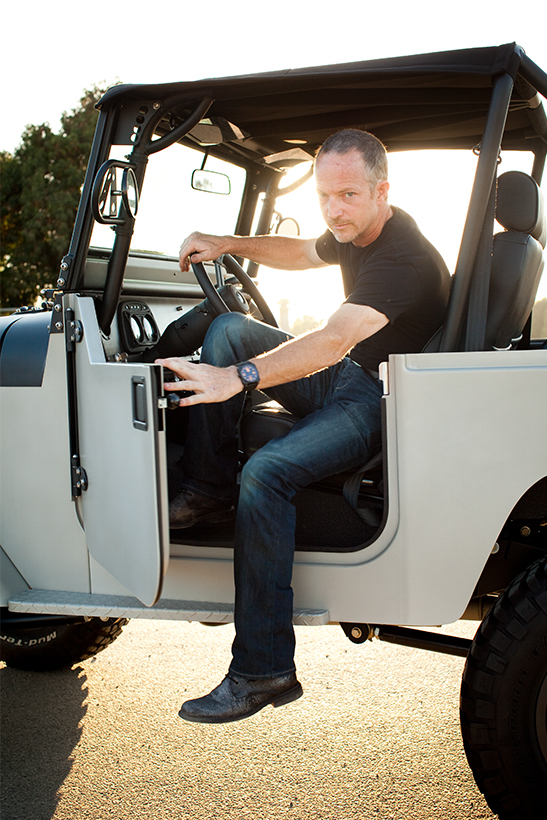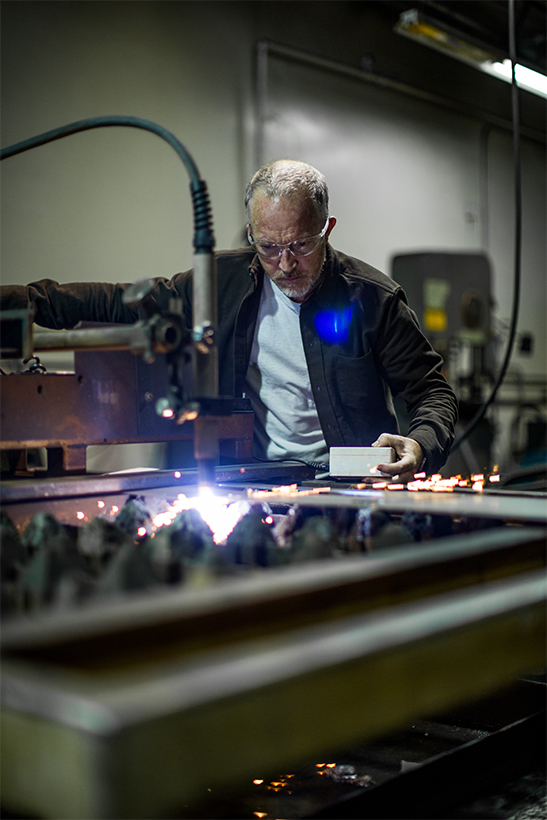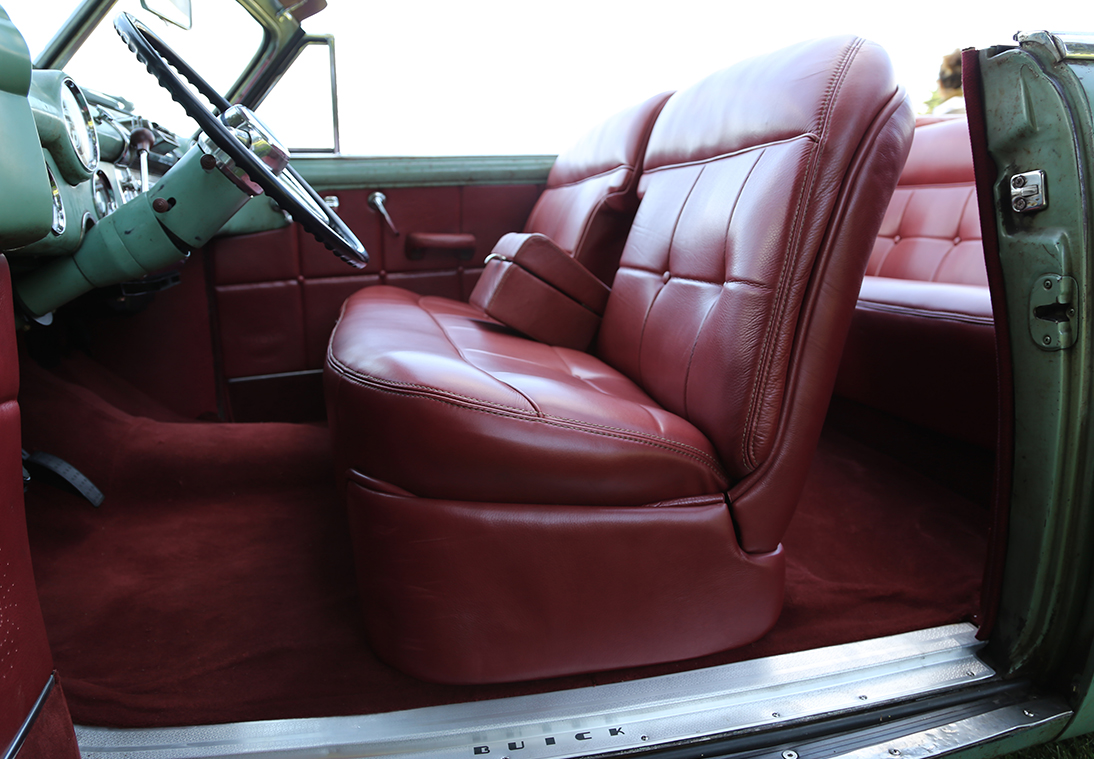33 Journal: Building an Icon
ICON 4×4’s Jonathan Ward on building classics in a modern context.
Romances based on gas and oil are often bathed in nostalgia and seldom in practicality. Time has a way of rounding off the edges of the won’t starts and poor rides and replacing them with memories that may be a little better than the original. On the other hand, the ease and access of today’s automobiles, while nice, leave a longing for something more metal and machine-like. Jonathan Ward identified that desire more than 20 years ago when he and his wife Jamie began ICON 4×4.
We sat down with Jonathan to get insight into the ICON ethos and the automobiles they craft by hand in Los Angeles.


MG: Tell us about your earliest memories of cars and working on them.
JW: My dad is a car guy, and my grandfather had a small town repair and sale business up until the early 1970’s – so it was already in my blood. Growing up in Maryland, as a small child I remember being fascinated with the shapes and colors of hot rod and classic car groups we would occasionally see on the highway going to a show or event. I was enamored by the romance and beauty of them. Poking around in my grandfather’s shop, I was fascinated by all of the nostalgic calendars, parts, and pieces. Something about an old car always made me excited. I wondered where it had been, what it had seen.
MG: Who buys an ICON?
JW: Selfmade folks. People with tactile experience or (at least) appreciation. Surprisingly enough, our customer is not your typical classic car enthusiast. More often, he’s someone who has always loved the look of them, but not the realities of owning and driving. We offer a new option in how and what we create, and it allows them to have the best of both worlds, which was not really an option before ICON.
MG: How many people are on your team and how many automobiles do you produce per year?
JW: We currently have 49 people on staff, including a range of technicians, fabricators, mechanical and electrical engineers, procurement staff and corporate leadership. In 2016, we delivered 36 vehicles at ICON.

MG: Tell us quickly about how a build starts.
JW: IF it is a production model (FJ/BR/TR), we start by sourcing the vintage vehicle that’s right for the build. Then we strip it down, and prep for our changes. Chassis development and assembly happen concurrently with body restoration and finishing, then we mate the two. Once mated, we run HVAC, electronics, trim and interior. The last step is to test drive each and every vehicle 500-1000 miles to make sure it is the best it can be!
If it is a one-off project (Derelict & Reformer series), first we source the vehicle, then we remove the body from the chassis. We laser scan the underside surfaces of the body and convert that into surface data in CAD. We use that data to design a chassis that fits the form and integrate the suspension/powertrain/cooling system and fuel systems. That allows us enough finite analysis to perfect the equation before we take a torch or wrench to the car. Once we feel good about it digitally, we build to print, then hand craft the remaining details. While all of this is occurring, I am working on the redesign of interior and trim bits, and working with my client on materials and colors. Our goal is to not be figuring out important details as we build. We like to have digital control over the project so that once we start the physical process, we know where we are going.

MG: Tell us about the Derelict line of your business.
JW: The Derelicts are my personal favorite. The line’s existence is due to a single car that I had built for myself. I wanted something with all of the charm and romance of a well-worn vintage vehicle with natural patina that I could flog daily. Something with all of the corruptions and conveniences of a modern vehicle, with natural worn finishes. The mechanical innovation and conveniences make the car easier to drive in the modern world, and the worn exterior means I am not stressing out about that first scratch or ding. Perfection is so temporary. So many cars get restored to hyper-perfection, then the owner hardly uses it as they try to maintain that perfection. I have little patience for that. The Derelict line is made to use and enjoy. With the Moore & Giles leathers and other world class trimmings, I am allowed to get far more creative than I could if restricted to traditional automotive leather suppliers. Specifically on the Derelicts, we even have chosen hides NOT intended for automotive, with no UV stability. This way, the leather wears and fades over time, creating even more of the Derelict effect.
MG: Your business seems to be built on a lot of sustainable practices. Was that intentional?
JW: As a designer who builds things no-one needs, in an industry with huge waste (often unaccounted for) that generally builds things that are discarded after an ever-shortening life cycle, I am trying to be conscious of the fact that we only get one planet to take care of. I follow the cradle-to-cradle philosophy as much as I can, and we are keen on reviving the classic industrial art of building things to last as long as possible. I often source content from marine, aerospace, military and architectural suppliers, because automotive suppliers are almost always focused on price, disregarding quality and longevity.
